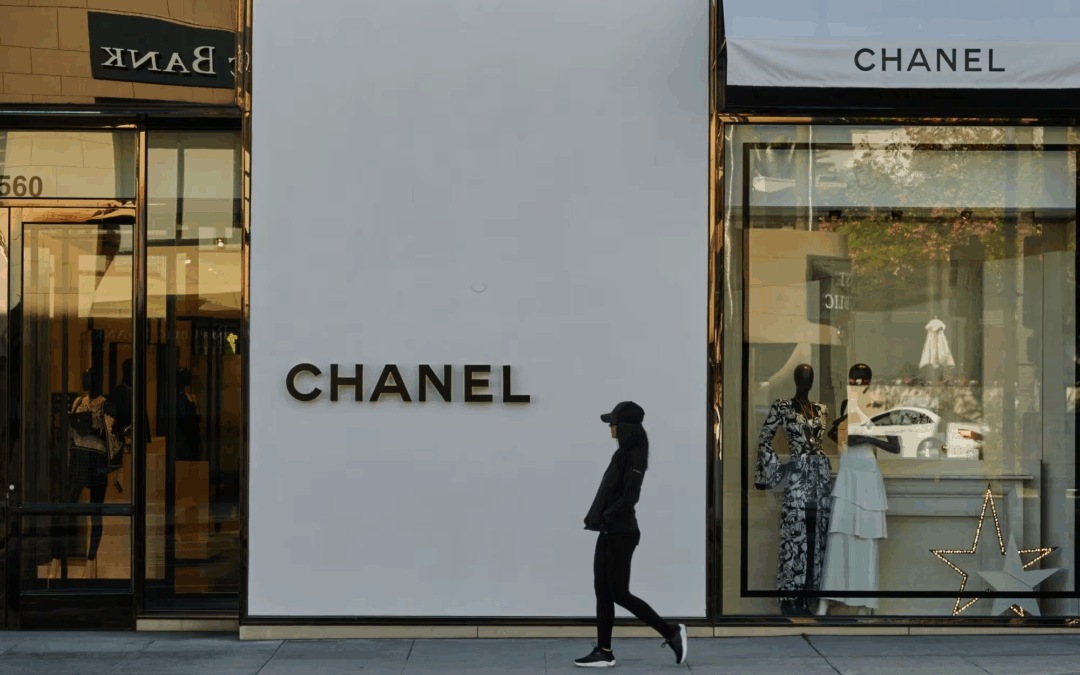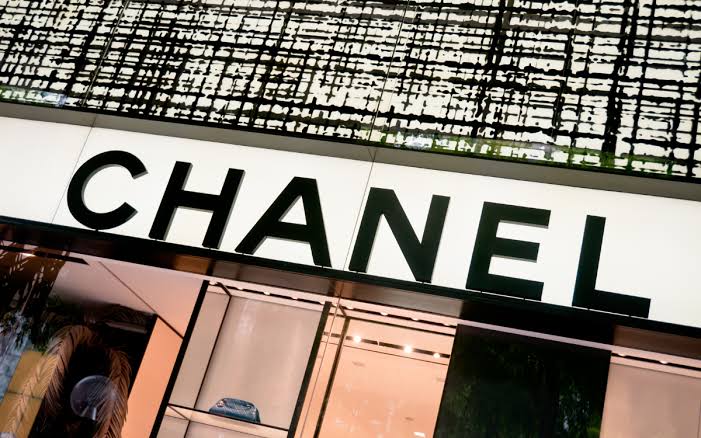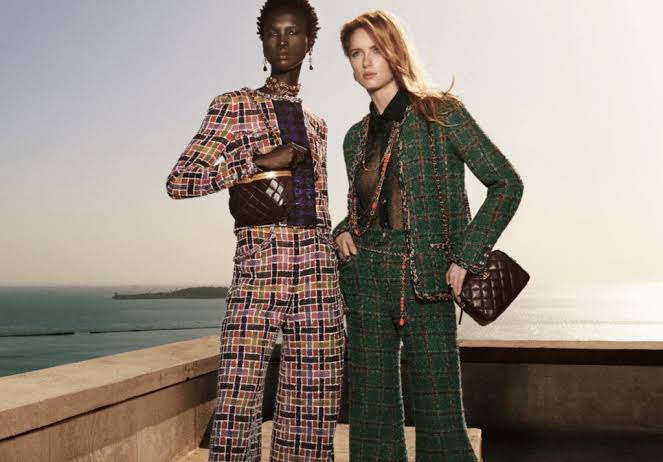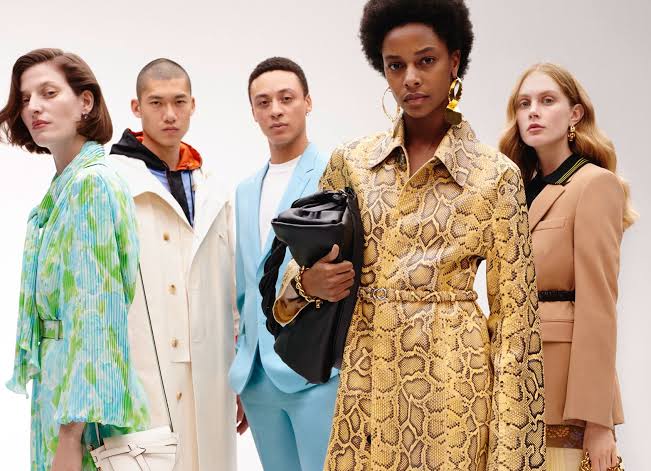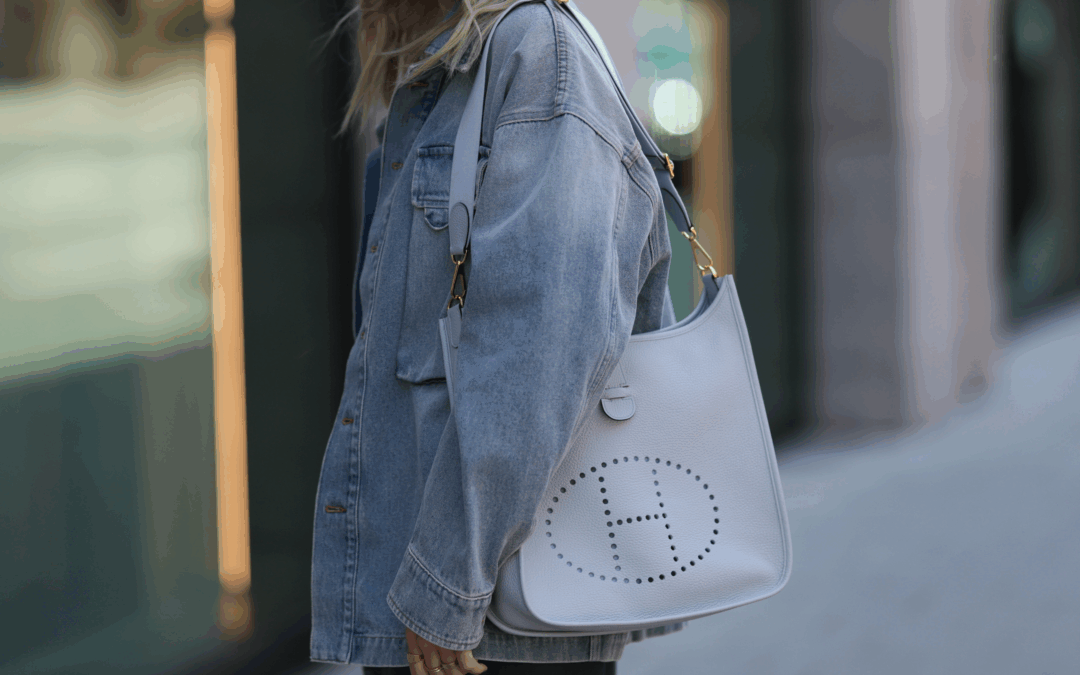
DIOR Small C’est Bag Buying Guide: The Everyday Icon With Couture Charm
Luxury never lingers. It just pops.
“Pop-Up.” Quick, catchy, a little bit chaotic. But behind the whimsy lies a well-oiled machine: branded temples disguised as temporary fun, where fashion, art, and marketing blur into one glossy hallucination.DIOR Small C’est Bag Buying Guide: The Everyday Icon With Couture Charm
by Thea Elle | September 5, 2025 | Luxury Bags
The DIOR Small C’est Bag is proof that not all handbags are created equal. Introduced in 2023, it embodies the art of subtle power dressing. Its sculptural lines, polished “CD” clasp, and endlessly useful strap make it the ultimate piece for those who want to glide through their day with a bag that whispers luxury instead of screaming logos.
Here, we’ll explore why the Small C’est Bag has become more than just another fleeting It-bag. From tips on selecting the right version for your wardrobe to practical advice on styling and care, this guide gives you everything you need to know. After all, if you’re stepping into the world of DIOR, you may as well do it with the kind of sophistication that only a C’est Bag delivers.

DIOR’s Study in Subtle Power
Introduced in 2023, the DIOR Small C’est Bag demonstrates how a handbag can command attention without raising its voice. Its architecture is precise: a softly structured silhouette punctuated by a polished “CD” clasp. Designed for versatility, the removable strap offers multiple personalities — worn crossbody for day, on the shoulder for evening, or carried by hand for maximum polish. The proportions are thoughtful, allowing everyday essentials to fit neatly inside without sacrificing its refined contours.
Materials elevate the experience further. The Small C’est Bag is available in DIOR’s signature smooth calfskin, formal box leather, and seasonal creations that range from intricate embroidery to exotic textures. Its palette bridges heritage and novelty: timeless shades of black, beige, and cream are complemented by limited seasonal colors, ensuring the bag remains both iconic and current.

A Bag That Matches the Mood
The popularity of the DIOR Small C’est Bag is rooted in its ability to capture the current cultural mood. In an era obsessed with quiet luxury, it delivers exactly that: recognizable but not ostentatious, chic without being theatrical. Its dimensions hit the sweet spot, offering practicality for daily use while staying refined enough for dinner reservations. It’s a handbag that adjusts to modern life instead of demanding adjustments from its owner.
Launched in 2023, the C’est Bag also benefits from the thrill of novelty. It’s the fresh face alongside DIOR stalwarts like the Lady Dior and Saddle Bag. It nods to the house’s codes while offering something collectors haven’t seen before. Add in celebrity endorsements and street-style visibility, and the bag’s desirability skyrockets. Simply put, it’s not just a handbag; it’s the right handbag for right now.
The Smart Buyer’s Checklist
Before adding the DIOR Small C’est Bag to your cart (or wish list), think carefully about the details. Leather is paramount. Smooth box leather looks sharp but is notoriously unforgiving, while calfskin softens the edges and resists daily wear better. Limited editions, with their embroidery or exotic touches, make beautiful conversation starters but often feel more like art objects than bags built for daily rotation.
The next question: does the Small C’est Bag suit your day-to-day? It’s for minimalists, not maximalists. You’ll carry the essentials and nothing more. If that excites you, perfect. If not, consider a larger DIOR style. And finally, longevity. As a 2023 debut, the C’est Bag is still in its “newcomer” phase. That gives you bragging rights as an early adopter, but it also means the verdict on timelessness hasn’t yet been written.

Versatility Without Compromise
What elevates the DIOR Small C’est Bag is its clever mix of form and function. At its heart is the iconic “CD” clasp, a design signature that manages to feel luxe yet understated. Then there’s the adjustable strap, a feature that allows the bag to reinvent itself in seconds—from a hands-free crossbody to a chic shoulder style or elegant top-handle carry.
Beyond versatility, the firm silhouette is a highlight. This bag is structured enough to resist sagging, keeping its polished look intact. The interior is designed for the modern minimalist, fitting daily essentials without overstuffing. These elements combine into a handbag that delivers DIOR’s couture craftsmanship in a package that adapts to your life, not the other way around.

Styling with Purpose
The right DIOR Small C’est Bag is less about which one looks good and more about which one feels like you. If you’re a lover of quiet luxury, lean into neutral shades and polished leathers. These choices guarantee wearability across seasons and occasions, cementing the bag as a wardrobe cornerstone. If your style thrives on statement-making, don’t shy away from the seasonal iterations. Think embroidered straps, bright pops of color, or even exotic textures — pieces that spark conversation before you even arrive.
Practicality has its place, too. Structured box leather complements evening looks but may not forgive daily wear and tear. Calfskin strikes a balance, offering resilience without sacrificing elegance. And then there’s the strap — a subtle yet transformative feature. The standard leather strap underscores DIOR’s timeless craftsmanship, while the embroidered strap invites creativity and individuality. It’s not just a bag, it’s a reflection of how you move through the world.

Everyday Luxury, Elevated
The beauty of the DIOR Small C’est Bag is how easily it folds into daily life while still elevating it. With neutral shades, it works flawlessly with denim, tailored trousers, or soft knitwear — offering the ease of a go-to bag without sacrificing polish. For work, its structure plays beautifully against sharp blazers and minimalist dresses.
Evening calls for a touch more drama, and here the bag delivers. A sleek box leather version with metallic jewelry adds refinement to cocktail attire or elegant suiting. Meanwhile, swapping in a statement DIOR strap injects personality — making it just as appropriate for gallery openings or fashion-forward dinners as for understated elegance.
